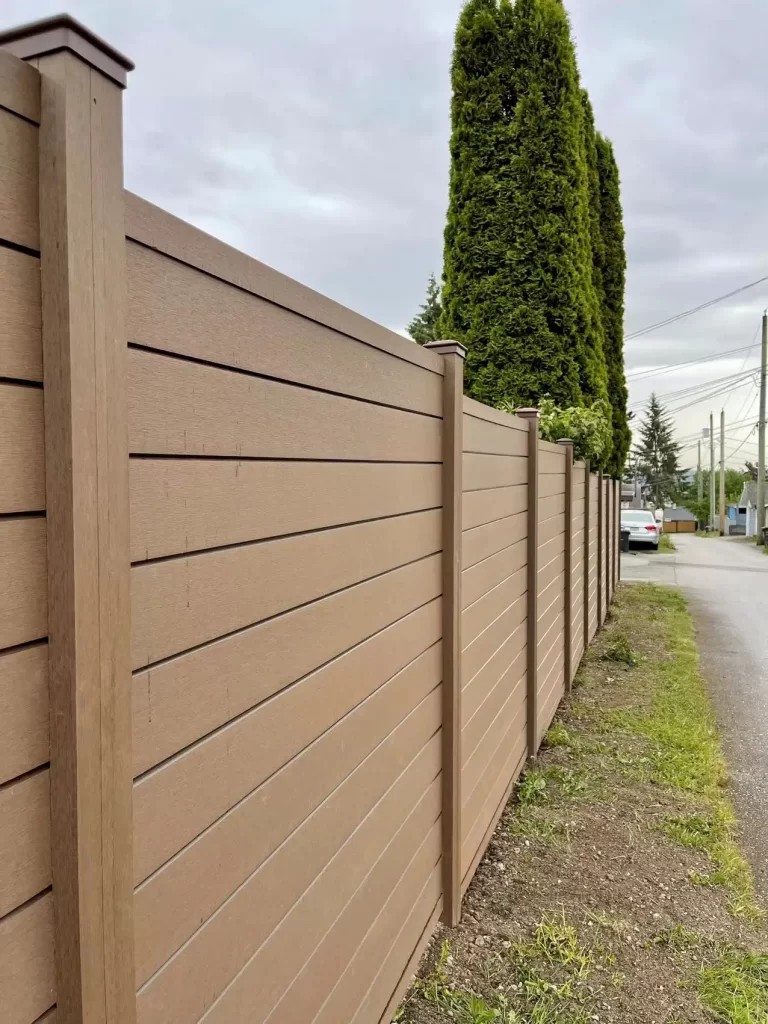What is WPC and PVC? Which is better?
×
[PR]上記の広告は3ヶ月以上新規記事投稿のないブログに表示されています。新しい記事を書く事で広告が消えます。
What is WPC and PVC? Which is better?
One of the most common questions about WPC Fencing is how it differs from PVC Fencing.
WPC stands for wood plastic composite material.PVC is the polymerization of PVC chloride. Obviously, just by the name, we can't figure out which is the better choice between WPC and PVC.
Wood-plastic composite (WPC)
Wood-plastic composite is a kind of composite material, famous for its plasticity in any shape and size. It consists mainly of plastic fibers and natural wood. Wood PC manufacturers in India confirmed the addition of sawdust, wood meal, bamboo, peanut shells, pulp, and unused woodworking materials to the same product.

The advantage of using WPC confirms that Amulya Mica, one of India's leading WPC board manufacturers:
- WPC is both moisture-resistant and corrosion-resistant.
- Environmental protection, no corrosion, anti-bacterial, anti-warping.
- WPC does not require surface coating.
- Thus saving cost and time.
- WPC panels are available in printed and textured panels on request.
- Lightweight, durable, and easy to maintain.
- Cutting, nailing, drilling, and finishing with standard woodworking tools.
PVC chloride polymerization
PVC is a durable material widely used in construction, transportation, packaging, electrical, and healthcare industries. Its wide popularity and acceptance are due to its fire and water resistance. Colored PVC boards are currently used as substitutes for wood, metal, glass, concrete, and clay.
The advantages of using PVC confirm that Amulya Mica, India's top PVC manufacturer:
- Technical advantages - wear resistance, lightweight, high mechanical strength, good toughness.
- Easy to process, durable.
- High definition, sensory features, and a smaller carbon footprint.
- Fully recyclable and non-toxic.
- Cost-effective, and in line with all international safety standards.
- Thoroughly tested and studied the most plastics.
The Entire Development Process
Until about 25 years ago, there was no major wood substitute for privacy fences. In the 1980s and 1990s, however, manufacturers experimented with plastics and eventually developed a working fence material. As manufacturing techniques, materials, and designs improved, PVC fences became a popular low-maintenance alternative to wood.More recently, WPC fences have become an alternative to wood and even PVC.WPC is usually made from a combination of wood and plastic, both of which have beneficial properties. Starting with wood, the WPC inherits the ability to absorb pigments, giving a more natural appearance. From plastic, WPC materials eliminate decay and insect damage, with no need for paint or dyeing.
Although PVC is a good solution as an alternative fencing product, there are some limitations, especially in natural color/finish and durability.WPC materials are generally stronger, mainly due to their density and thickness. They are also better able to withstand heat and cold. In terms of strength, WPC materials have the added benefit of interlocking pile design, resulting in additional strengthening WPC, WPC leads the industry with its aesthetic charm. Instead of using an approach that mimics the traditional fence style, the WPC fence was designed based on the results of a national survey in which consumers expressed a preference for the "headgear" and "board on board" look.
Interested in WPC fences? You can go to WPC fence boards factory for more detailed information
Interested in WPC fences? You can go to WPC fence boards factory for more detailed information
PR
コメント
ただいまコメントを受けつけておりません。
プロフィール
HN:
Judy
性別:
非公開
カテゴリー
最新記事
(06/19)
(05/22)
(06/04)
(04/17)
(04/15)
